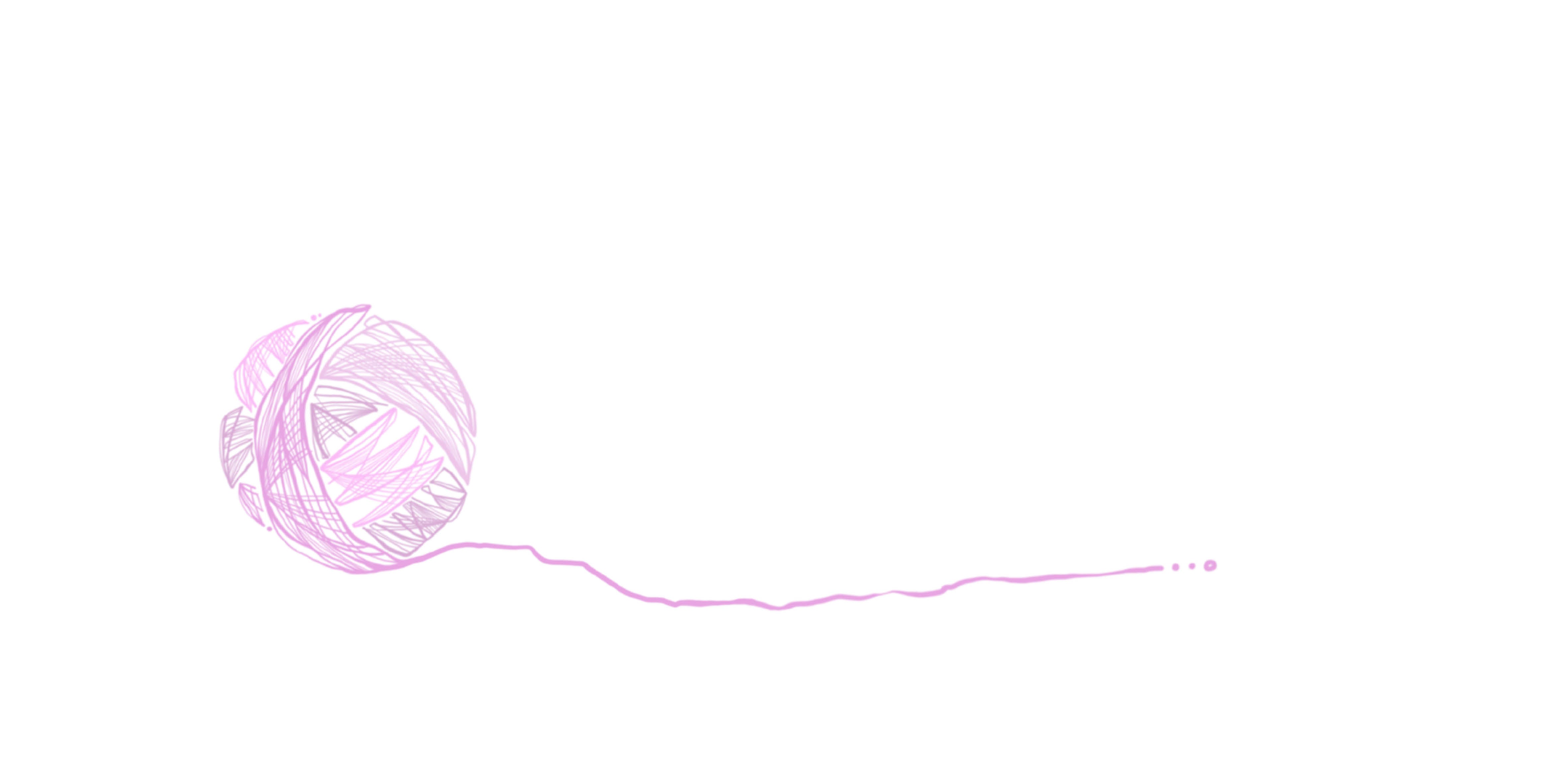
Unisex fashion - gender-neutral design approach in fashion
As early as the 1960s, fashion designers tried to break down gender stereotypes in their work. In their designs, they referred to simple forms and used (or developed new) materials and colors that were not socially assigned to »male« or »female« attributes and could therefore be worn by both sexes.
Even if a fabric cannot be male or female, suit fabrics, for example, were rated as male and chiffon as female. The fact that this assignment is difficult to make today can be seen from the countless collections of suits for women, although nylon stockings, lace and chiffon are still predominantly used for female collections.
Of course, there are also differences and standards in the cuts that have prevailed. In men's clothing, for example, the buttons are on the right, the clothing is less tailored and the sleeves are a little longer. Patterns for underwear show the conception for the body shapes most clearly. Nevertheless, it is up to the buyer to decide which items of clothing he wants to buy and wear.
With unisex clothing or gender-neutral clothing, the design process tends to focus more on straight, less body-hugging cuts. The basic T-shirt, jogging pants or hoodie can be implemented in standard cuts and are therefore often part of unisex collections.
The different body shapes continue to play a role in the development of cuts, because "one size fits all" is not quite right and unisex fashion is not supposed to achieve that at all. It's about communicating the collections. These are often not explicitly advertised as such. Rather smaller brands advertise with non-binary fashion and place eg fashion and make-up according to body regions and not according to gender.
In addition to the considerations of the designers and marketing departments, there were also social trends that pushed unisex fashion forward. In the 1960s and 1970s, it was common for men and women in college to wear the same textiles, such as cardigans, chinos, shirts or tank tops... This had practical reasons on the one hand and looked at the emancipation movement, including social ones .
The standard ideas, which were shaken by the designers in the 1960s, have been taken up again for several years and attempts have been made to dissolve them. Even with many well-known designers, the gender aspect in the design process of clothing simply no longer plays a role.
So has unisex fashion already entered the mainstream? Not quite yet. In stores and online shops, gender divisions in women's and men's departments are still preferred.
Although there are more and more unisex collections, these are advertised with restraint or it is left to the shops to sort them into the women's and men's departments and see where they are better received. Gender-neutral collections can therefore be found in some shops either or both in the men's and in the women's area. Because if you include the economic factor, the women's market in the fashion industry is larger than the men's market and the budget for buyers also predominates in this sector. This also shows that women invest more in men's fashion than vice versa. Men's collections have also been advertised by both men and women. This also shows that there is an audience that no longer makes their purchasing decisions dependent on the conception of body shapes.
In addition to the point of the cut conception and the choice of fabric, a division into the two sexes was and is partly made in terms of colors and patterns; which culminated in the color separation of boys and girls, especially in children's fashion. Blue for boys and pink for girls. This color connotation was also followed in gender marketing for products with the motto »Shrink it and pink it« (»make it small and make it pink«), in order to make it easier to sell goods to women. This stereotypical guiding principle, mostly used by male product manufacturers, shows an unreflected understanding that female purchasing behavior does not go beyond the size and color of a product. Stereotypical gender marketing also ignores purchasing power, the majority of which is the share of a female target audience. Here, gender-neutral fashion and advertising contribute to further dissolving these borders.
In summary, it can be said that in the design aspect and in marketing, shapes, colors and materials should no longer be assigned gender-specific designations. In terms of our language, the terms masculine and feminine are no longer sufficient to describe fashion because they simply cover part of the gender spectrum. And in the end, isn't it about striving for a society that includes everyone in terms of gender? And perhaps in the future clothing can simply be seen as clothing, far removed from gender roles and at the same time be colorful and diverse.

